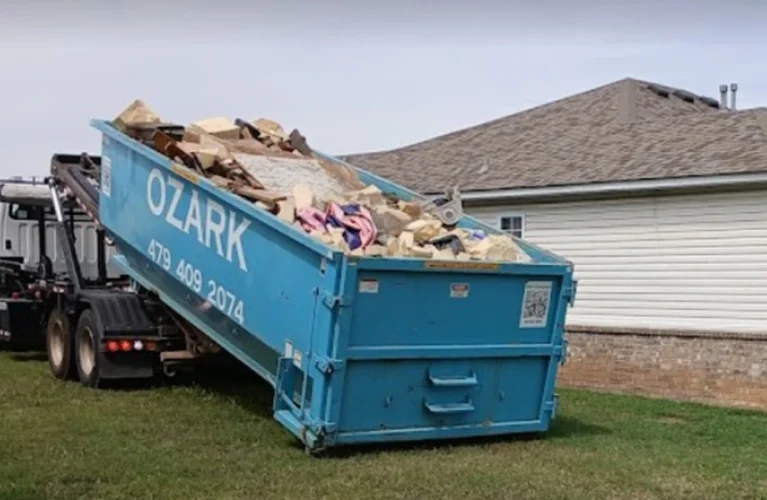In the realm of construction and engineering, structural steel plates play a pivotal role in shaping the built environment. These robust and versatile materials have revolutionized the way we design and construct buildings, bridges, and various infrastructure projects. Let’s delve into the world of structural steel plates and explore their importance in modern construction.
Structural Steel Plates: The Backbone of Modern Construction
Structural steel plates are flat sheets of steel specially designed to bear heavy loads and provide support in construction projects. They are known for their exceptional strength, durability, and versatility, making them a preferred choice in the construction industry.
- 1. Superior Strength: Structural steel plates offer unparalleled strength, allowing for the construction of tall skyscrapers, long-span bridges, and other ambitious structures. Their high strength-to-weight ratio means that they can handle significant loads while keeping construction materials and costs in check.
- 2. Durability: Structural steel plates are highly durable and can withstand harsh environmental conditions, including extreme temperatures and weathering. This durability ensures the longevity of structures, reducing maintenance and repair costs over time.
- 3. Versatility: These plates are available in various grades, each tailored to specific applications. Whether you need a plate for a high-rise building, a sports stadium, or a warehouse, structural steel plates offer the versatility to meet your project’s requirements.
- 4. Cost-Efficiency: The strength and durability of structural steel plates contribute to cost-efficiency in construction. They allow for lighter structural components and longer spans, reducing the need for extensive support structures and materials.
- 5. Sustainability: Structural steel plates are environmentally friendly as they are fully recyclable. This makes them a sustainable choice for construction projects that aim to minimize their carbon footprint.
Subtitle 2: High Tensile Steel Plates: Unleashing Engineering Potential
High tensile steel plates, also known as high-strength steel plates, have transformed the landscape of engineering and manufacturing. These remarkable materials offer engineers and designers the freedom to push the boundaries of what’s possible in their respective fields. Let’s explore the remarkable properties of high tensile steel plate and their impact on various industries.
High Tensile Steel Plates: Unleashing Engineering Potential
High tensile steel plates are engineered to withstand immense forces and stresses, making them an invaluable asset in a wide range of applications.
- 1. Exceptional Strength: High tensile steel plates are celebrated for their exceptional strength, with yield strengths far exceeding those of conventional steel. This characteristic allows engineers to design structures and components that can withstand extreme loads and conditions.
- 2. Reduced Weight: The high strength-to-weight ratio of high tensile steel plates enables the design of lightweight yet robust structures and equipment. This reduction in weight not only enhances performance but also reduces material and transportation costs.
- 3. Energy Efficiency: High tensile steel plates contribute to energy efficiency by allowing the construction of lighter vehicles, machinery, and structures. This, in turn, leads to reduced fuel consumption and emissions, making them an eco-friendly choice.
- 4. Safety: In applications where safety is paramount, such as aerospace and automotive industries, high tensile steel plates provide the necessary reliability and peace of mind. They ensure that critical components can withstand extreme conditions and stressors.
- 5. Flexibility in Design: High tensile steel plates offer designers the flexibility to create innovative and streamlined designs. This is particularly beneficial in industries like architecture, where unique and eye-catching structures are desired.
Subtitle 3: Structural Steel Plates vs. High Tensile Steel Plates: Choosing the Right Material for the Job
The choice between structural steel plates and high tensile steel plates depends on the specific requirements of a project. Each material has its own unique strengths and applications. Let’s compare the two to help you make an informed decision.
- 1. Strength and Load-Bearing Capacity:
- Structural Steel Plates: Ideal for applications where high load-bearing capacity and structural integrity are paramount, such as building construction, bridges, and industrial facilities.
- High Tensile Steel Plates: Preferred in applications that demand exceptional strength and weight reduction, such as aerospace, automotive manufacturing, and offshore structures.
- 2. Durability:
- Structural Steel Plates: Known for their durability and ability to withstand harsh environmental conditions, making them suitable for long-term use in construction.
- High Tensile Steel Plates: Provide durability, especially in applications where weight savings and high tensile strength are required.
- 3. Weight Considerations:
- Structural Steel Plates: May be heavier compared to high tensile steel plates, which can be a critical factor in certain applications.
- High Tensile Steel Plates: Ideal for situations where weight reduction is essential, such as in the aerospace and automotive industries.
- 4. Cost-Efficiency:
- Structural Steel Plates: Generally more cost-effective for standard construction projects where exceptional strength is required.
- High Tensile Steel Plates: May be costlier but offer savings in material and transportation costs due to their reduced weight.
- 5. Sustainability:
- Structural Steel Plates: Environmentally friendly due to their recyclability, contributing to sustainability in construction.
- High Tensile Steel Plates: Also recyclable, making them a sustainable choice for industries that prioritize eco-conscious manufacturing.
In conclusion, both structural steel plates and high tensile steel plates have their distinct advantages, and the choice between them depends on the specific needs of your project. Structural steel plates are the go-to option for load-bearing and durable construction, while high tensile steel plates are ideal for applications that require exceptional strength and weight reduction. Careful consideration of your project’s requirements will guide you toward the right material, ensuring the successful execution of your engineering or construction endeavor.











